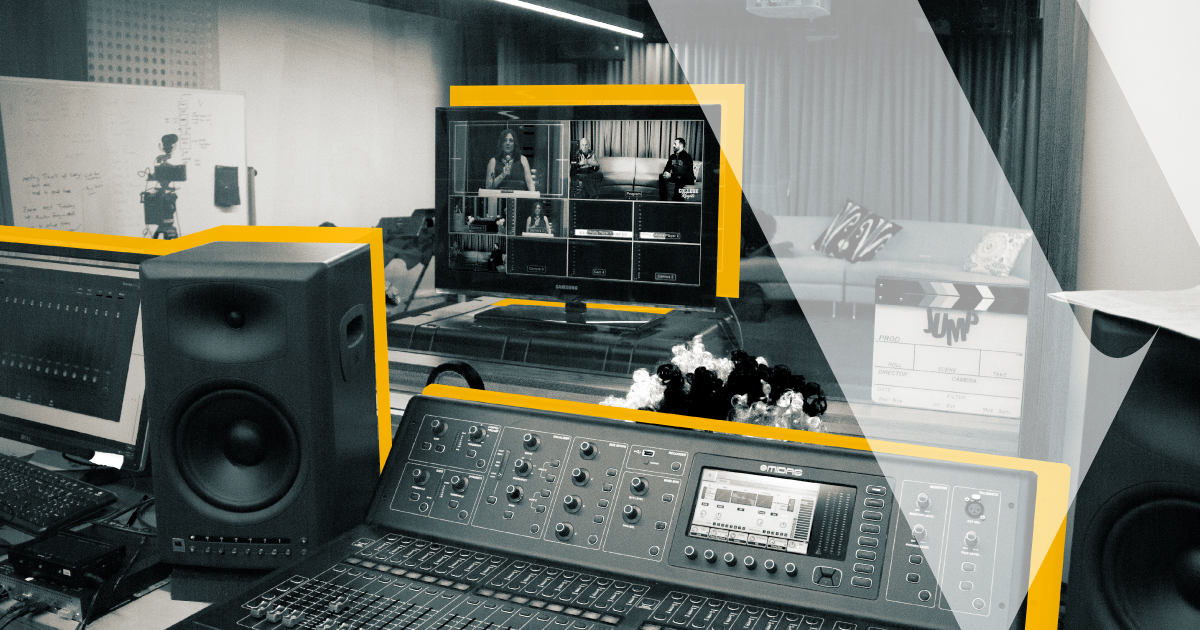12.21.20 | read time: 5 min
2020: The Year of Online Fundraising Galas
116 & West
For many nonprofit organizations, a once-per-year gala is the biggest fundraiser. In non-2020-dumpster-fire years, these galas come complete with a dinner or lunch, some kind of presentation, an auction, and a call to give. These galas bring together hundreds of people to socialize, learn about the organization, and donate.
This year because of group size restrictions and just plain doing the right thing, our nonprofit clients asked us to help them move their annual galas to the interwebs. Were we a little nervous? You bet. But did that stop us from helping them pivot? HELL NO.
We rallied the troops and figured it out. And guess what? It worked.
Big Brothers Big Sisters, Magical Moments
Magical Moments is an important event for BBBS. Through it, they raise the majority of the funds needed to make and sustain matches between Bigs and Littles. And these matches are important. Like, really important.
Because the fundraiser had to be virtual, we decided a live component would spice it up and give BBBS the closest thing to their past successful fundraisers. To accomplish this, we created a YouTube Live link which isn’t super impressive in itself, but we still feel it made the most sense for the event due to how user-friendly it is.
For the event, BBBS invited people to host “watch parties” in their home. The hosts of these viewing parties received an adorable basket with programs and drinks. Hosts could then cast the presentation to their television or other device.
Before the event itself, 116 & West spent more than 60 hours filming, editing, and producing the prerecorded elements for the online event. For Big Brothers Big Sisters, this included a speech and a roundtable interview. These prerecorded pieces were important to the overall event in that they illustrated the organization’s mission, and helped tell the story of the incredible work they do.
Our onsite producer utilized a tri-caster along with 3 additional computers to seamlessly integrate the prerecorded elements, teleprompter information, real time donation updates and the live portions together for the live stream.
In a collaboration with the BBBS team, we took their beautifully written introductory speech to tweak it ever so slightly, and produced two separate interviews that played during the event.
After that, we moved on to polishing the rest of the content for the night. BBBS shared plenty of photos and videos that would accompany the two interviews. All in all, the pre-recorded content consisted of the countdown, intro slideshow with music, the two interviews with accompanying B-roll, photos, and two other videos. We integrated these into the event, as well as the live donation thermometer at the end to track donations.
The live portion of the event was vital in making our client’s event feel like the gala they are used to hosting. To accomplish this, we made sure to cut to a live feed of their CEO, Emily Johnson, throughout the pre-recorded footage. We also didn’t want viewers to feel like the entire event was done in advance—it was supposed to be a magical moment after all. We also built a slideshow using photos from groups watching the event at home. We received these photos in real-time and built the slideshow in under 30 minutes.
The gala, despite being online, was a resounding success. Big Brothers Big Sisters received almost double their goal for donations! We’re so proud of our Partner116 friends!
Family Advocates, Bridge the Gap
The Bridge the Gap event for Family Advocates was also a great success. We used the same YouTube Live strategy in order to send a link to everyone who was invited to the watch party. We spent the first portion of the evening painting the picture of the organization’s importance. (If you don’t already know, it’s worth looking into.)
A large part of our production time and effort was spent on prerecorded interviews with former executive directors who told their emotional, yet important stories. 116 & West filmed, edited, and produced these short videos, which were essential to capturing the Family Advocates mision.For the Bridge the Gap event, we again utilized a tri-caster along with 3 additional computers to integrate these prerecorded elements with the live stream.
Prerecorded interviews and speeches led up to the live event. The live portion of the event was where the Family Advocates team asked for donations from their guests. The teleprompter and donation thermometer were also visible to those watching the live stream.
In all, Family Advocates received amazing support. They were thrilled with their donations and are now in a better position to keep helping kids and families in the next year.
Bishop Kelly Foundation, College Knights Winner’s Choice
The Bishop Kelly Foundation (BKF) raises scholarship money for deserving kids to attend Bishop Kelly High School. Known as the premiere private high school in the state, Bishop Kelly graduates nearly 100% of its students, the vast majority of which attend college. The foundation also exists to help the high school with operations grants to minimize tuition increases.
The College Knights event functioned slightly differently than the above events. The College Knights Winner’s Choice Online Auction and Virtual Event included live speeches and presentations. These were made visible to those who were watching at home. Because the base of the program was the live event, our team switched between live speeches and prerecorded interviews and videos (which we filmed, edited, and produced) on the fly.
We worked closely with the team at JUMP—where the live portion of the event was held—to ensure we were able to give everyone a great experience, whether they were watching at home or at the event.
The night was a success (obvi). The foundation received almost 90% of their goal, and the donations keep rolling in!
116 & Here to Help!
Need help with your online event this year? Let us know! We’re totally pros at putting on online extravaganzas and can do whatever is necessary to fit your unique needs. Our email line is always open: whatsup@116andwest.com.




